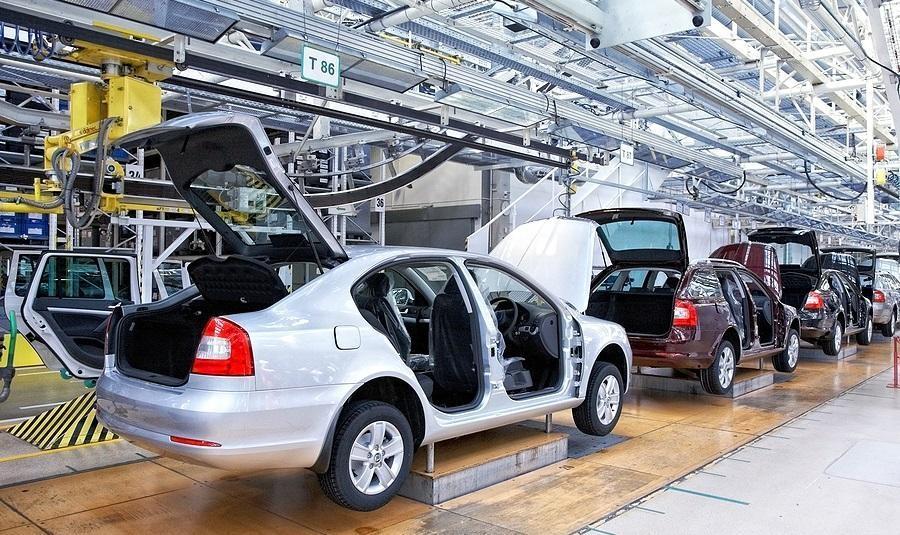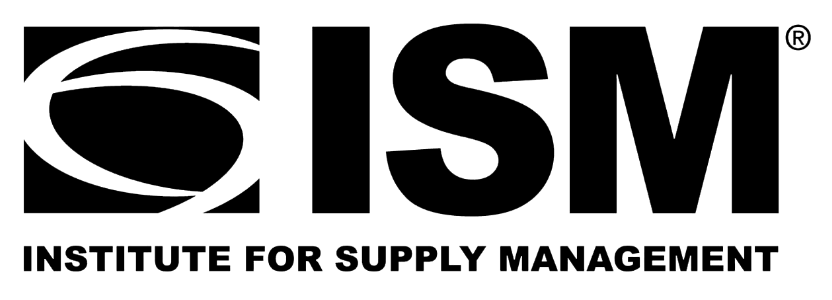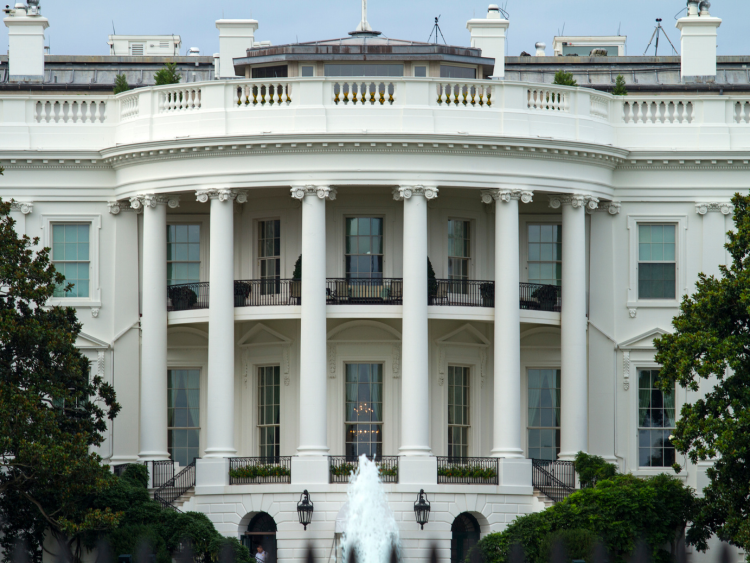Economy

Durable Goods Orders Up 2.9%
Written by Sandy Williams
January 26, 2018
Durable goods orders increased at their fastest pace in six months, gaining 2.9 percent after an upwardly revised 1.7 percent advance in November. On a year-over-year basis, orders increased 5.8 percent from 2016, the most in six years. Durable goods are items that are meant to last at least three years.
Civilian aircraft orders jumped 15.9 percent in December. Orders for core capital goods (an investment metric that includes nondefense minus aircraft) were down 0.3 percent for the month. A weaker dollar and stronger global economic growth is benefiting American exports.
The U.S. Census Bureau December advance report on manufacturers’ shipments, inventories and orders follows:
New Orders
New orders for manufactured durable goods in December increased $7.0 billion or 2.9 percent to $249.4 billion. This increase, up four of the last five months, followed a 1.7 percent November increase. Excluding transportation, new orders increased 0.6 percent. Excluding defense, new orders increased 2.2 percent. Transportation equipment, also up four of the last five months, led the increase, $6.0 billion or 7.4 percent to $87.2 billion.
Shipments
Shipments of manufactured durable goods in December, up seven of the last eight months, increased $1.5 billion or 0.6 percent to $246.8 billion. This followed a 1.3 percent November increase. Fabricated metal products, also up seven of the last eight months, led the increase, $0.5 billion or 1.5 percent to $33.5 billion.
Unfilled Orders
Unfilled orders for manufactured durable goods in December, up four consecutive months, increased $6.9 billion or 0.6 percent to $1,144.1 billion. This followed a 0.1 percent November increase. Transportation equipment, up following two consecutive monthly decreases, led the increase, $6.0 billion or 0.8 percent to $775.9 billion.
Inventories
Inventories of manufactured durable goods in December, up 17 of the last 18 months, increased $1.3 billion or 0.3 percent to $406.5 billion. This followed a 0.2 percent November increase. Machinery, up 10 of the last 11 months, led the increase, $0.4 billion or 0.6 percent to $70.4 billion.
Capital Goods
Nondefense new orders for capital goods in December decreased $0.1 billion or 0.1 percent to $75.1 billion. Shipments decreased $0.3 billion or 0.4 percent to $74.3 billion. Unfilled orders increased $0.9 billion or 0.1 percent to $707.3 billion. Inventories increased $0.4 billion or 0.2 percent to $180.9 billion. Defense new orders for capital goods in December increased $2.1 billion or 19.5 percent to $12.8 billion. Shipments decreased less than $0.1 billion or 0.2 percent to $11.1 billion. Unfilled orders increased $1.7 billion or 1.2 percent to $143.8 billion. Inventories increased $0.2 billion or 0.7 percent to $23.2 billion.
Revised seasonally adjusted November figures for all manufacturing industries were: new orders, $489.6 billion (revised from $488.1 billion); shipments, $492.5 billion (revised from $491.2 billion); unfilled orders, $1,137.2 billion (revised from $1,137.1 billion) and total inventories, $665.2 billion (revised from $665.1 billion).

Sandy Williams
Read more from Sandy WilliamsLatest in Economy

US sets Section 232 tariffs on trucks and buses
Medium- and heavy-duty trucks (MHDV) and buses imported to the US will start being charged Section 232 tariffs beginning Nov. 1.

AMU: Consumer auto delinquencies: Warning sign for consumer health?
The Consumer Federation of America estimates rising total auto debt at a staggering $1.66 trillion, along with increasing repossessions and a sharp increase in delinquencies.

Beige Book: Regional market growth remains mostly flat
Economic growth in some US regions in September was offset by challenges in others, causing the market to appear largely unchanged overall, according to the Federal Reserve’s latest Beige Book report.

ISM September survey captures deepening manufacturing gloom
The Institute for Supply Management’s (ISM) latest monthly report on manufacturing reflects a bleak view of American industry in September.

Key industries concerned over government shutdown’s impact on steel, manufacturing
Trade groups cautioned that a prolonged shutdown could strain US industry.
